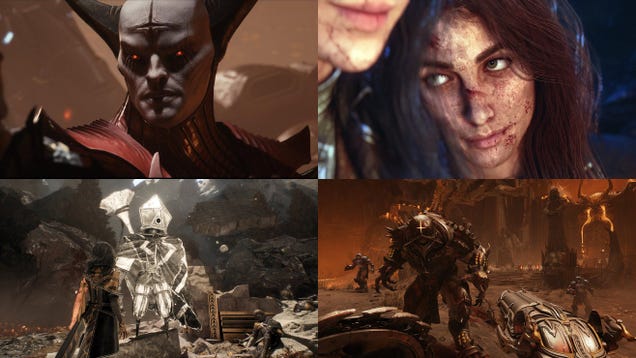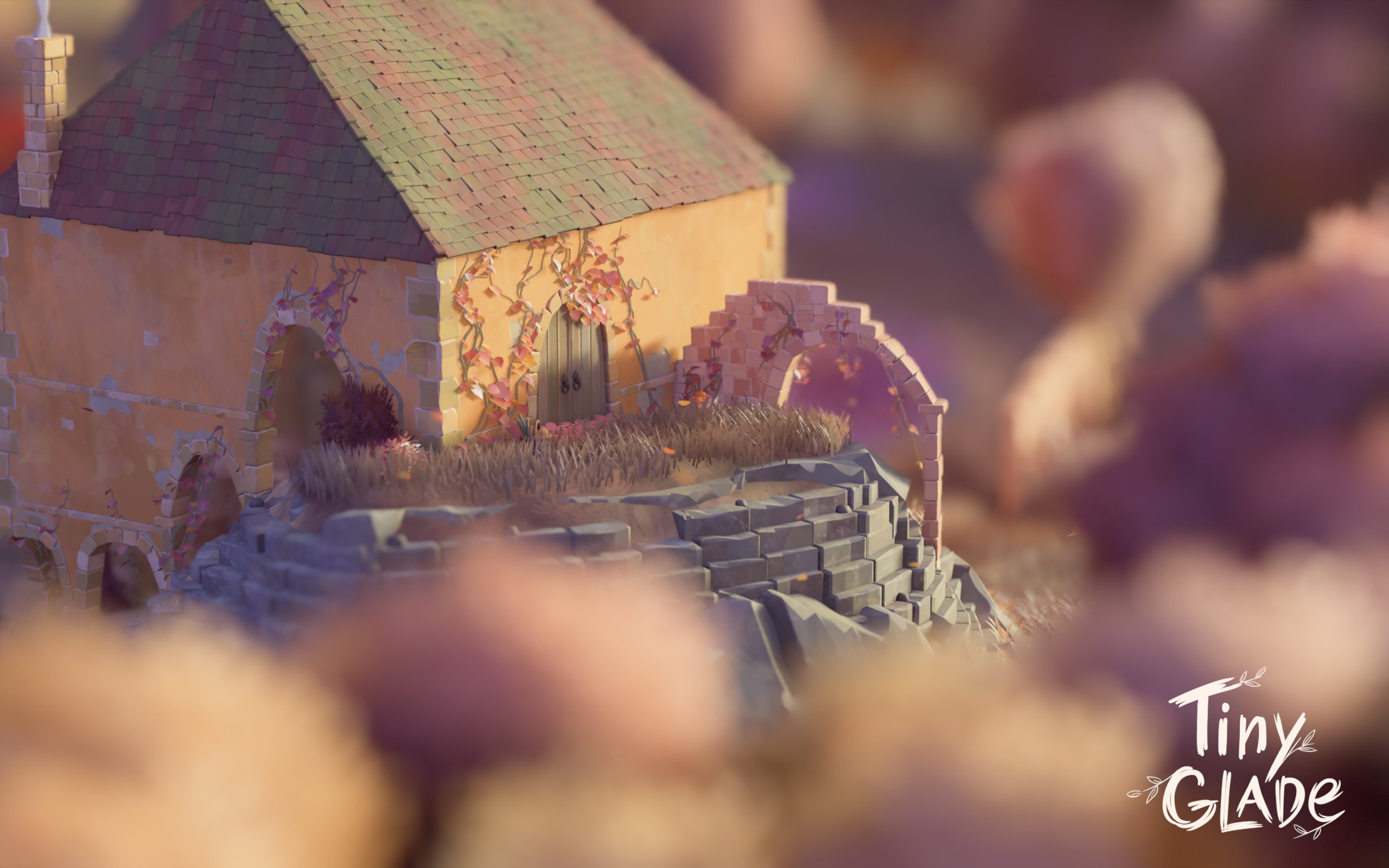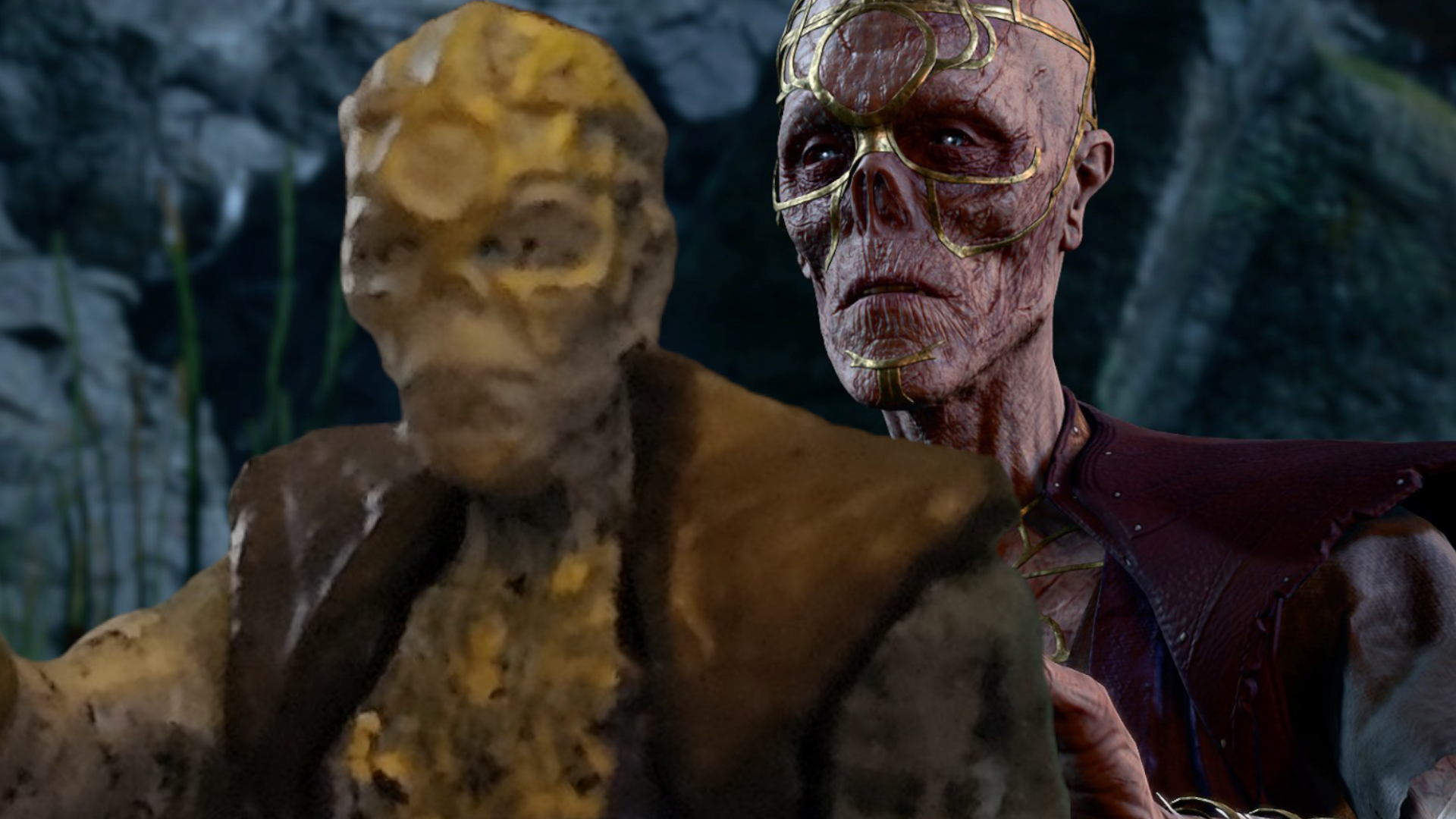
Larian followed an "edge-case implementation checklist" to build a game you can beat after breaking it.
At a games conference in Sofia, Bulgaria earlier this year, Larian gameplay scripter Mihail Kostov gave a presentation outlining the philosophies and strategies the studio employs to ensure games like Baldur’s Gate 3 stay playable even as players are actively tearing them apart. Recently made public on YouTube (via GamesRadar), Kostov’s talk explains how Larian addresses “edge cases”—times when “player action may push a system to the extreme”—with solutions that reward, rather than stifle, creativity.
We’ve written about the near-absurd depth of contingencies Baldur’s Gate 3 has in place to account for player chaos, like its roster of purpose-built backup NPCs who stand ready to replace any plot-relevant characters you might murder (and replacements for those replacements). While every developer designs with edge cases in mind, Kostov says Larian likes to “draw the line further out.”
Larian goes to such lengths to accommodate edge cases because, Kostov says, the studio wants to “fuel and reward” player creativity. According to Larian philosophy, players will experiment more if they feel they can not only complete the game after vaporizing a quest NPC, but also see the game and story react to that mess they’ve made. In short, Kostov says, “We at Larian believe player creativity is great.”
Demonstrating the studio’s design theory, Kostov laid out Larian’s “edge case implementation checklist,” which its game designers had to account for while scripting quests and events to keep Baldur’s Gate 3 a satisfying place for players to set the world on fire:
Most NPCs can be attacked and killed, but they can also be knocked out non-lethallyItems can always be attacked, moved, destroyed, or stolen, and important items may be dropped in areas that later become inaccessibleMost areas that trigger events or combat can be sneaked pastAny dialogue can fail to initiate, because “the player may be a bear or something”Any dialogue can be interrupted at any pointQuests can be completedParty characters can be in different locationsNPCs could be used in previous situations with multiple outcomesMost fights can be fled fromMultiple fights can be started separately and merge into one combat encounterNPCs may be displaced by disturbances and other eventsAnd more!
Crucially, BG3’s designers had to juggle all those criteria while also ensuring that the game remained completable and the story stayed coherent. Simple, right? Not so much. Kostov calls edge case implementation “one of the more complicated parts of game scripting,” but also “one of the most fun.”
Kostov then walks through some of the many edge case issues that emerged and how the dev team addressed them: making a security checkpoint function when the player might’ve killed the guards by luring a wayward bear, setting up layers of aforementioned reserve NPCs who’ll fill in for plot characters after any number of murder sprees, and a certain incident with a silver sword.
When describing how players can get early access to a legendary sword for Lae’zel in Act 1 by using Heat Metal on an NPC who’s meant to give her the weapon at the end of her questline in Act 3, Kostov acknowledges that Larian could’ve simply made the NPC an invalid target for the spell. But because it’s exactly the kind of player behavior the studio loves, they instead supported it, writing and recording additional Lae’zel dialogue if the player gets their hands on the weapon early. “Let players keep the cool weapon,” Kostov said. “They found a way to exploit the game, let them have it. It’s awesome.”






